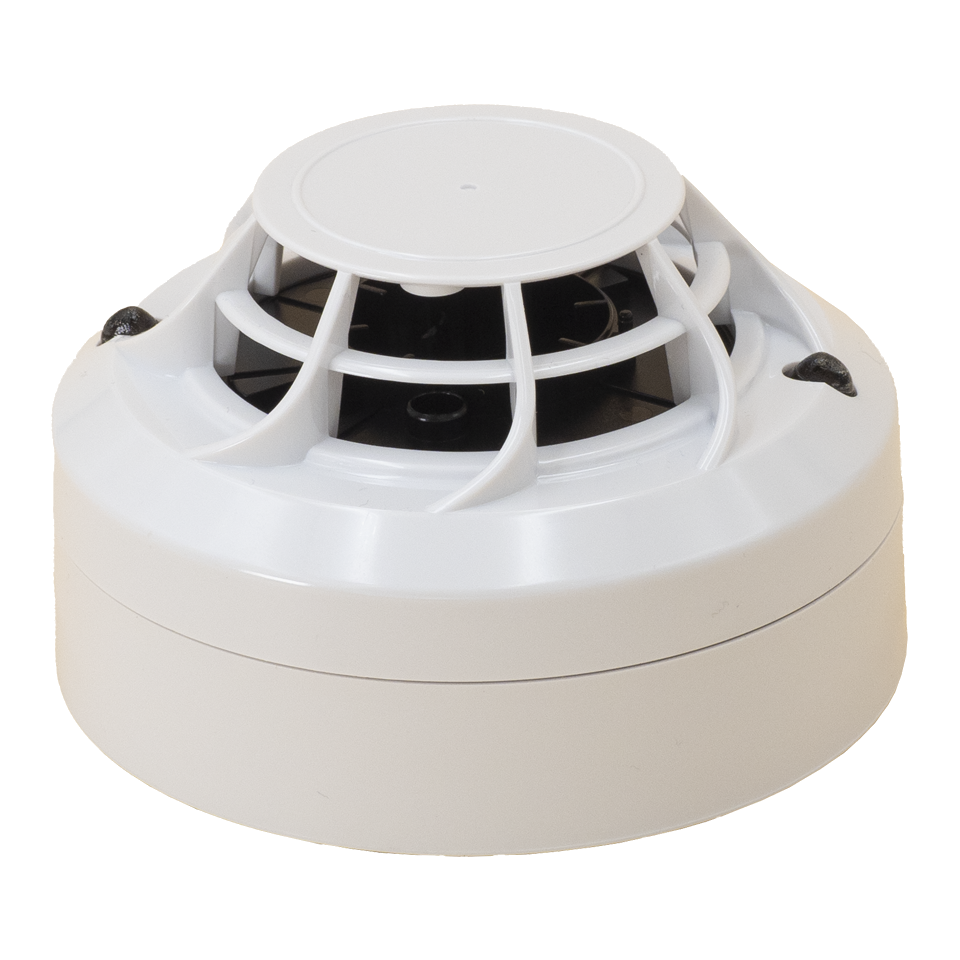
Source: System Sensor Europe
Understanding Thermal Detectors in Photonics
Introduction
Thermal detectors are a type of light detectors that measure temperature rises resulting from the absorption of light. Unlike photodetectors, which respond to photons through light-induced transitions of electrical carriers, thermal detectors rely on the generation of heat.
Basic Operation Principle
A typical thermal detector consists of a light absorber that absorbs incident light, a temperature sensor that measures the temperature rise of the absorber, and other components such as a cooling system and integrated electronics for signal processing.
Absorbers
Absorbers in thermal detectors are designed to maximize light absorption for increased sensitivity. They can be surface absorbers with thin layers for fast response times or volume absorbers for high optical intensities.
Trade-off Between Sensitivity and Bandwidth
There is a trade-off in thermal detectors between sensitivity and measurement bandwidth. Higher sensitivity requires maximizing thermal resistance between the absorber and heat sink, but this can reduce measurement bandwidth.
Temperature Fluctuations
Temperature fluctuations can limit the performance of thermal detectors, especially in miniaturized absorbers and at high temperatures. External heat sources can also affect detector accuracy.
Types of Thermal Detectors
Detectors with Bolometers
Bolometers measure temperature-dependent electrical resistance and are commonly used in infrared detectors. They can be semiconductor-based or superconducting, with different materials offering varying sensitivities.
Detectors with Thermocouples and Thermopiles
Thermocouples and thermopiles utilize the Seebeck effect to generate thermoelectric voltages proportional to temperature differences. Thermopiles offer increased signal strength and are used in laser power meters.
Pyroelectric Detectors
Pyroelectric detectors are based on the pyroelectric effect in ferroelectric crystals and are used for measuring pulse energies. They respond to temperature changes and are suitable for applications requiring detection over longer time scales.
Conclusion
Thermal detectors play a crucial role in photonics, particularly in measuring light in spectral regions inaccessible to photodetectors. Understanding the principles and types of thermal detectors can aid in their optimal use across various applications in the field of optics and photonics.

Source: System Sensor Europe
Feel free to comment your thoughts.



